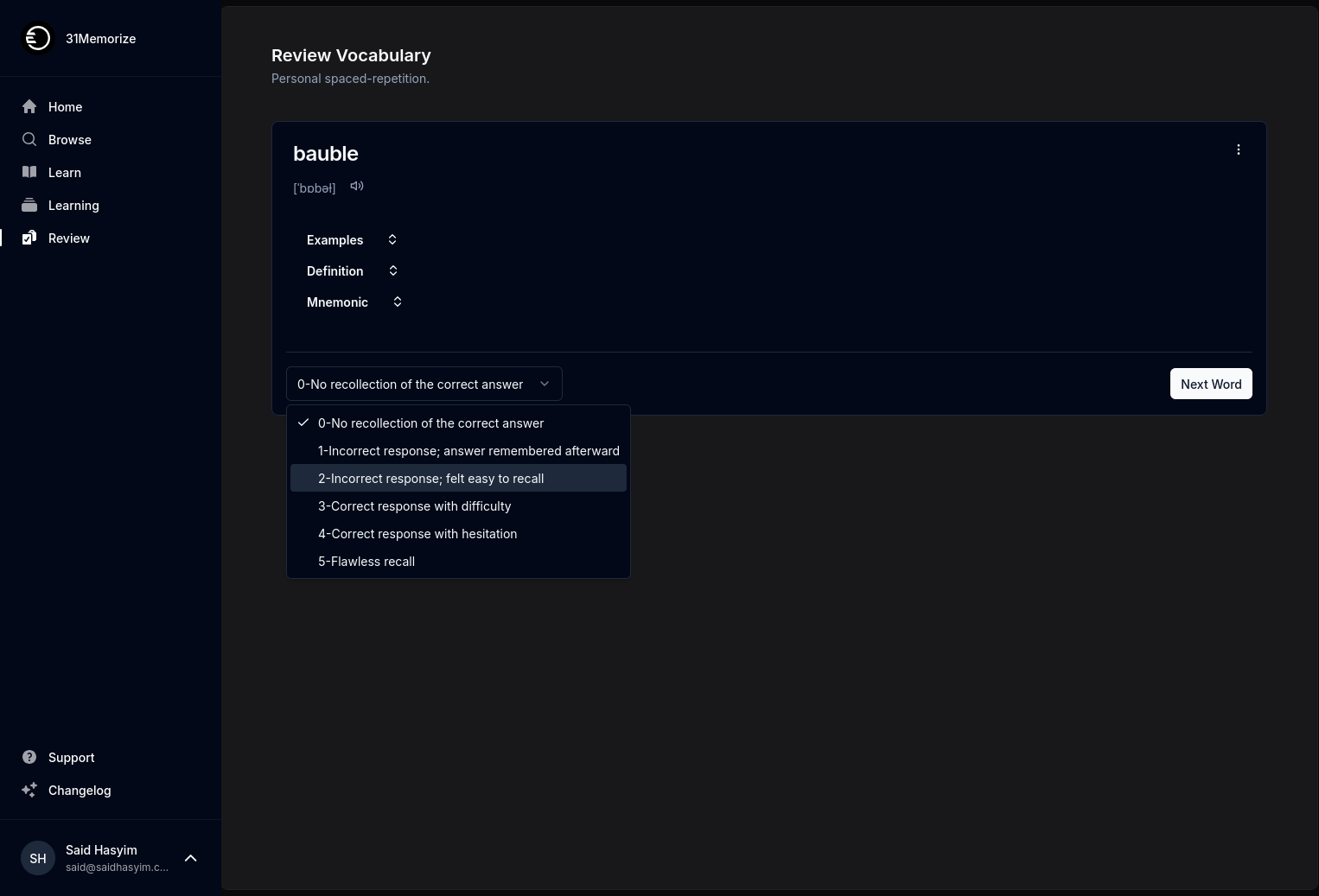Encouraging Reader Interaction Through Book Feedback
Reading is one of the most personal experiences a person can have. Each reader brings their own interpretation, emotions, and thoughts to the table while engaging with a book. Writers often pour their hearts into their work but sometimes struggle to connect with their audience on a deeper level. To bridge this gap, encouraging reader interaction through book feedback is essential for both authors and readers. In this post, we will explore various methods to encourage feedback, the benefits of reader interaction, and how both parties can use it to enhance the reading experience.
Why Reader Feedback Matters
Cultivating a Sense of Community
Encouraging feedback cultivates a sense of community among readers and authors. When readers share their thoughts, suggestions, or feelings about a book, it initiates a dialogue that fosters connections. Forums, social media platforms, and book clubs provide spaces for discussions, thus creating a shared experience around the reading material. It’s not just about the book anymore; it’s about the bonds formed through a collective journey of exploration.
Improving Writing and Storytelling
For authors, constructive feedback is invaluable. Understanding what resonates with readers and what doesn’t can help writers refine their craft. Whether it’s character development, plot pacing, or thematic depth, readers’ insights can provide a different angle for authors to consider. This two-way conversation helps writers evolve and produce better content in the future, ensuring that their growth is directly intertwined with the experiences of their audience.
Guiding Future Projects
Feedback not only helps in improving existing works but also serves as a roadmap for future projects. Understanding reader preferences can guide authors in exploring new themes, genres, or styles that align with what their audience desires. Surveys, polls, and direct feedback can provide insights on what readers are excited about, opening doors to new creative possibilities.
Methods to Encourage Reader Interaction
1. Create Engaging Online Presence
Establishing a strong online presence is imperative to foster reader interaction. Authors can use social media platforms like Twitter, Instagram, and Facebook to connect with their audience on a personal level. Sharing snippets of upcoming projects, behind-the-scenes content, or even personal stories can create a connection that encourages dialogue. Initiating conversations through questions or polls can invite readers to share their thoughts and favorites.
2. Host Q&A Sessions
Q&A sessions can be an excellent way to engage with readers directly. These can be organized on social media platforms, during live events, or via video calls. By inviting questions about the book or the writing process, authors not only provide insight into their craft but also encourage readers to voice their opinions and curiosities.
3. Create Book Discussion Guides
Authors can provide readers with discussion guides or questions related to their books. These guides can be shared on websites or included in newsletters. By framing certain topics for discussion, readers will feel more inclined to share their thoughts, especially in book clubs or reading groups. This structured approach also ensures that discussions remain focused and enriching.
4. Encourage Reviews
While many readers may naturally leave reviews on platforms like Goodreads or Amazon, authors can send gentle reminders through newsletters or social media posts encouraging them to share their feedback. Engaging with those reviews by thanking readers or discussing their insights can encourage more people to join in, creating a wave of interaction.
5. Start a Newsletter
Newsletters are a direct line of communication between authors and their readers. Including sections for reader feedback or question prompts can make readers feel valued and heard. Authors can also feature reader reviews, testimonials, or highlight reader-generated content, which amplifies reader involvement and builds rapport.
6. Organize Virtual or In-Person Events
Events like book signings, readings, or discussions can serve as platforms for reader interaction. These gatherings provide readers with the opportunity to meet the author, ask questions, or share their thoughts on the book in a more personal setting. Virtual events can also broaden the audience, allowing for participation from readers across the globe.
Benefits of Reader Interaction
Enhanced Loyalty
A strong interaction between authors and readers generates loyalty. Readers who feel heard are more likely to support authors by purchasing future works, attending events, and sharing their recommendations with others. Cultivating a loyal readership can have lasting impacts on an author’s career.
Diverse Perspectives
Reader feedback opens the door for diverse perspectives that may challenge an author’s initial vision. Different interpretations can spark creativity in the writing process and offer fresh insights, enriching the narrative.
Improved Marketing
An engaged community can serve as the best marketing tool an author can have. Readers are likely to talk about books they love and share their experiences through word-of-mouth recommendations on social media, blogs, and forums. Creating a space for feedback encourages readers to champion authors and spread the word organically.
Conclusion
Encouraging reader interaction through feedback not only strengthens the author-reader relationship but significantly enriches the literary experience. By facilitating open communication and valuing reader voices, authors can ensure that their work resonates on a deeper level. Moreover, this feedback loop ultimately contributes to crafting narratives that reflect the diverse voices and sentiments of the reading community. Ultimately, literature thrives in dialogue, and the more we engage, the more vibrant and fulfilling our reading experiences will become.
So, whether you’re an author looking to connect more deeply with your audience or a reader eager to share your thoughts, remember that every interaction counts – and together, we can elevate the art of storytelling to new heights.
